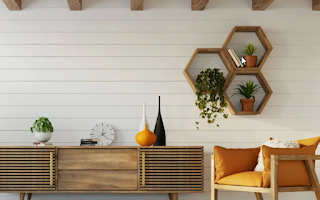Drywall sheet
What is
AgriBioPanel Drywall?
AgriBioPanel drywall is a type of building material that is manufactured using agricultural waste fibers, such as rice husks, straw, bagasse, or other similar organic residues. These materials are combined with a binding agent to create sturdy panels that can be used for a variety of construction purposes. One of the key advantages of AgriBioPanel drywall is its eco-friendliness, as it utilizes renewable resources and reduces the dependency on traditional gypsum-based drywall.
Eco-Friendly
Drywall Panels
The production of AgriBioPanel drywall panels involves minimal environmental impact compared to conventional drywall manufacturing processes. By repurposing agricultural waste, this type of drywall helps reduce the amount of organic material that would otherwise end up in landfills or be burned, contributing to air pollution. Additionally, the manufacturing process typically requires less energy and emits fewer greenhouse gases, making it a more sustainable option for construction projects.
Drywall
Ceiling and Sheets
AgriBioPanel drywall is commonly used for both ceiling installations and wall partitions in residential, commercial, and industrial buildings. Its lightweight yet durable composition makes it easy to handle and install, resulting in faster construction times and reduced labor costs. Whether it's for interior renovations or new construction projects, AgriBioPanel drywall offers excellent acoustic and thermal insulation properties, enhancing the overall comfort and energy efficiency of the space.
False ceilings, also known as dropped ceilings or suspended ceilings, are popular in modern architecture for their aesthetic appeal and functional benefits. AgriBioPanel false ceilings offer a sustainable alternative to traditional gypsum-based systems, providing a smooth and seamless surface that conceals wiring, ductwork, and other utilities while maintaining accessibility for maintenance purposes. With customizable designs and finishes, AgriBioPanel false ceilings can enhance the visual appeal of any interior space while promoting sustainability.
Mezzanine
Flooring with AgriBioPanel
Mezzanine floors are intermediate levels constructed within a building, typically to increase usable floor space without the need for expansion. AgriBioPanel mezzanine floor solutions offer a lightweight yet robust alternative to traditional flooring materials such as concrete or steel. The modular nature of AgriBioPanel panels allows for easy assembly and disassembly, making them ideal for temporary or permanent mezzanine structures in warehouses, factories, offices, and retail spaces. Furthermore, AgriBioPanel mezzanine floors contribute to LEED (Leadership in Energy and Environmental Design) certification credits, demonstrating a commitment to sustainable building practices.
Conclusion
In conclusion, AgriBioPanel drywall panels offer a sustainable and versatile solution for various construction applications, including drywall ceilings, sheets, false ceilings, and mezzanine flooring. By utilizing agricultural waste fibers, AgriBioPanel helps reduce environmental impact while providing excellent performance and aesthetic benefits. As the construction industry continues to prioritize sustainability, AgriBioPanel stands at the forefront of eco-friendly building materials, paving the way for greener and more responsible building practices.
Visit here: https://strawcture.com/dry-wall/




Comments
Post a Comment